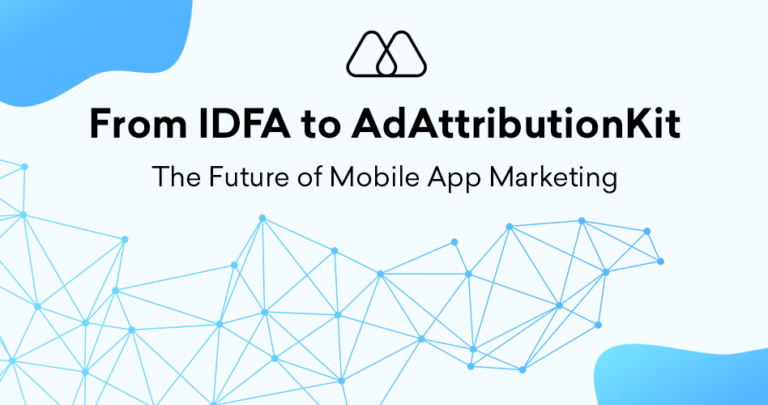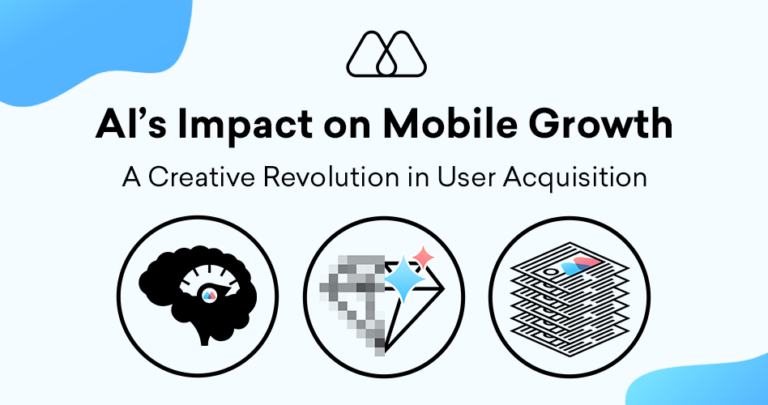The dynamic landscape of mobile advertising demands a comprehensive understanding of various identifiers that facilitate targeted advertising and campaign measurement. In iOS advertising, the Identifier for Vendor (IDFV) becomes a crucial tool for app developers and advertisers. This article delves into the concept of IDFV, exploring its definition, functionalities within the iOS app ecosystem, its advantages and limitations in a privacy-centric environment, and best practices for leveraging IDFV for effective mobile advertising campaigns.
What is the Identifier for Vendor (IDFV)?
The Identifier for Vendor (IDFV) is a unique, non-personal identifier assigned by Apple to a specific device. This identifier remains constant across all apps from the same vendor (company) downloaded on the device. However, it differs for apps from different vendors and the same app is installed on various devices. Unlike the previously used Identifier for Advertisers (IDFA), which required user opt-in for data collection, Identifier for Vendor (IDFV) doesn’t necessitate explicit user consent.
How Does IDFV Work in iOS App Advertising?
Here’s a breakdown of how IDFV functions within the iOS app environment:
- App Integration: When an iOS app is launched, it can access the device IDFV with system permissions.
- Data Collection: Apps can leverage the IDFV to collect data on user activity within the app, such as ad impressions, in-app purchases, and basic user behavior patterns (e.g., time spent in specific app sections).
- Targeting and Measurement: Advertisers and ad platforms utilize the IDFV to:
- Contextual Targeting: Group users based on app categories and content to deliver relevant advertising within those apps.
- Frequency Capping: Limit the number of times a user sees the same ad from a specific advertiser.
- Attribution Modeling: Understand how users interact with ads across different apps from the same vendor and attribute conversions to the appropriate ad impression.
Advantages of Using IDFV in Mobile Advertising
Despite the limitations imposed by privacy regulations, IDFV offers several advantages for mobile advertising:
- Improved User Experience: By facilitating contextual targeting, IDFV can help deliver ads more relevant to user interests, potentially leading to a more positive user experience.
- Campaign Measurement and Optimization: IDFV allows advertisers to track campaign performance across different apps within their portfolio, enabling data-driven optimization for better results.
- Data Privacy Compliance: Since IDFV doesn’t require user consent, it offers a way to continue some level of ad targeting and measurement within the constraints of privacy regulations.
Limitations and Considerations for IDFV
While IDFV offers benefits, it’s essential to acknowledge its limitations:
- Limited Targeting Capabilities: IDFV cannot be used for precise user-level targeting based on demographics or inferred interests, unlike the previous IDFA.
- Data Silos: IDFV data remains siloed within a single vendor’s app portfolio, hindering cross-publisher insights and campaign measurement across a broader audience.
- Privacy Concerns: While IDFV doesn’t require explicit consent, some users might still be concerned about data collection practices. Transparency and user privacy should remain a priority.
Best Practices for Leveraging IDFV in Mobile Advertising
Here are some key practices to maximize the effectiveness of IDFV within your mobile advertising strategy:
- Focus on Contextual Targeting: Develop a deep understanding of your app’s audience and leverage IDFV for contextual targeting based on app category, content genre, and user behavior within your app.
- Prioritize First-Party Data: Build a robust foundation of first-party data collected with user consent to enhance your targeting strategies and personalize user experiences within your app ecosystem.
- Transparency and User Consent: Prioritize user privacy by being transparent about data collection practices and obtaining explicit user consent for data use whenever possible.
- Invest in Privacy-Preserving Solutions: Stay informed about and experiment with emerging privacy-preserving solutions like contextual targeting APIs and Privacy Sandbox initiatives.
5 Key Takeaways from Identifier for Vendor (IDFV)
- Non-Personal Identifier: IDFV is a unique identifier assigned per device, specific to each vendor’s apps.
- Contextual Targeting and Measurement: IDFV facilitates contextual ad targeting and campaign measurement within a vendor’s app portfolio.
- Privacy-Centric Approach: IDFV adheres to privacy regulations by not requiring user consent for data collection.
- Limitations in Targeting: IDFV offers limited capabilities compared to IDFA for user-level targeting.
- Future-Proofing Strategies: Combine IDFV with first-party data, SKAdNetwork, and explore privacy-preserving solutions for a resilient mobile advertising approach.
The Identifier for Vendor (IDFV) is vital in navigating the privacy-focused landscape of iOS app advertising. While not a replacement for the more granular targeting capabilities of the IDFA, IDFV can still be a valuable tool. By understanding its functionalities, limitations, and best practices for utilization, app developers and advertisers can leverage IDFV to deliver relevant advertising experiences, measure campaign performance, and adapt their strategies for a privacy-first mobile advertising future. Remember, staying informed about evolving privacy regulations and adopting a user-centric approach will be crucial for maximizing the effectiveness of your mobile advertising efforts within the iOS ecosystem.




